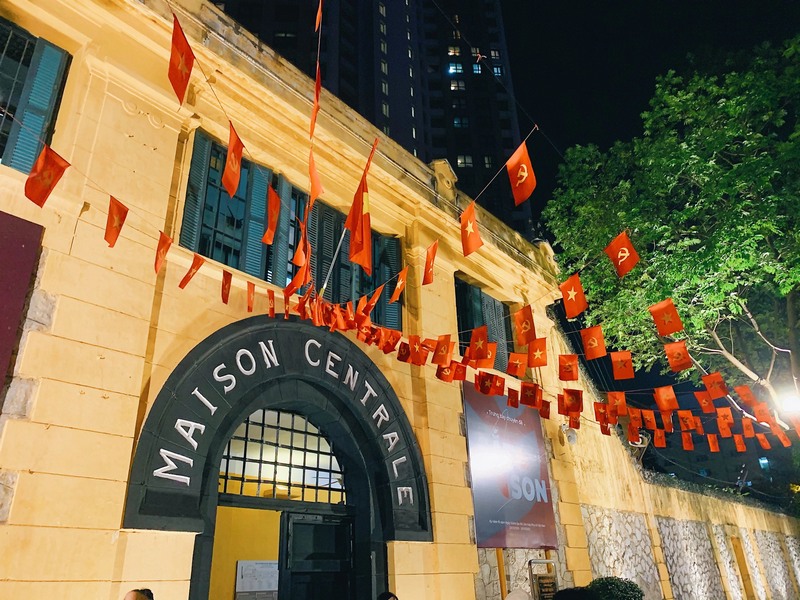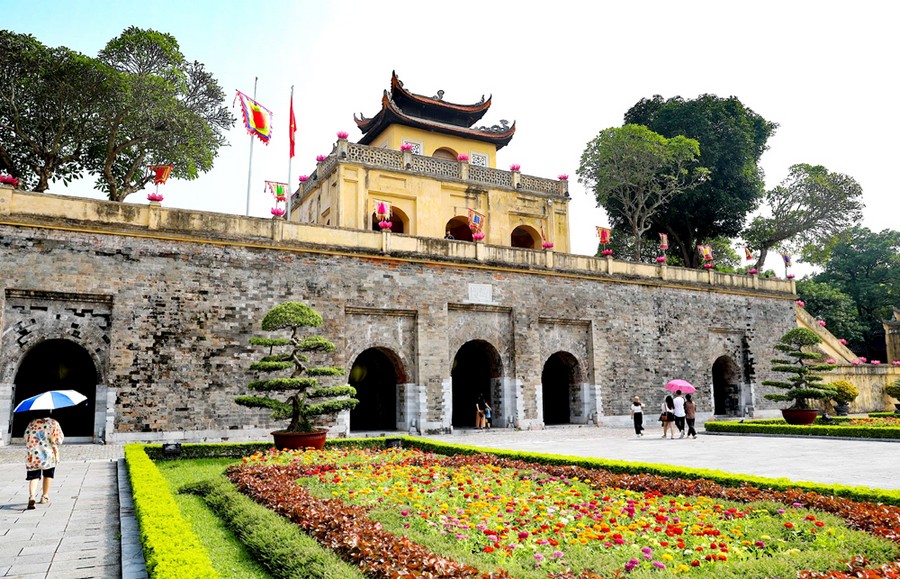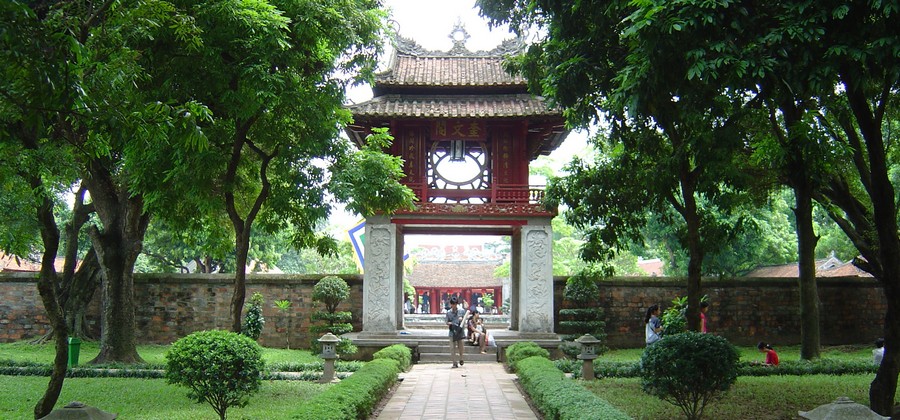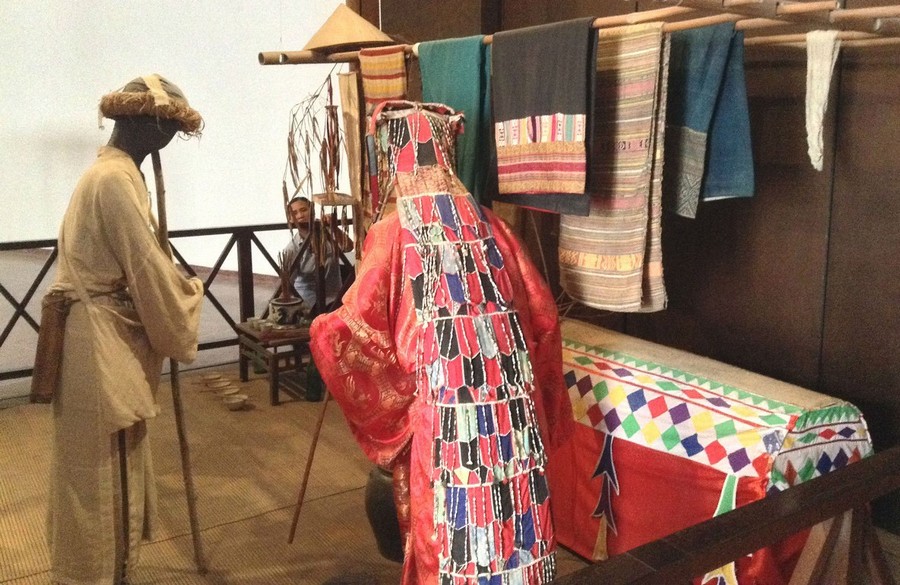Located in the heart of Hanoi, the Vietnam Museum of Ethnology is a vibrant tapestry of the cultures of 54 ethnic groups. The museum houses over 150,000 artifacts, vividly depicting the daily life, customs, and unique identities of each group.
Stepping into the outdoor exhibition area, visitors feel like they are transported to a traditional village with stilt houses, communal houses, and long houses. Exploring the indoor exhibition area, you will be amazed by the dazzling array of costumes, musical instruments, and household utensils.
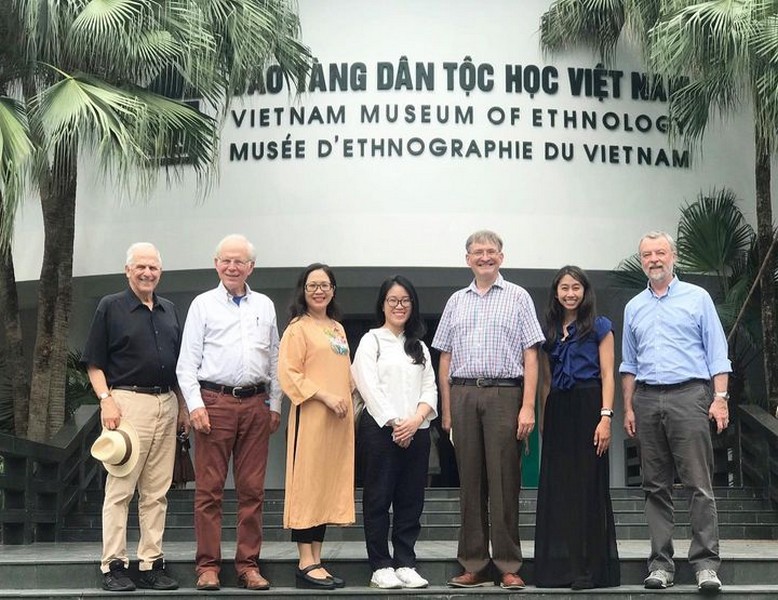
Where is the Vietnam museum of ethnology?
The Vietnam Museum of Ethnology is located at Nguyen Van Huyen Street in the Cau Giay District, about 8 kilometers from the center of Hanoi, Vietnam.
- Google Map: https://www.google.com/maps/place
Entrance fee ticket information
- Location: Nguyen Van Huyen Street, Cau Giay District (around 8 km from Hanoi city center)
- Tickets: A visit is very affordable! Entrance fees are around ₫40,000 (around $1.80 USD) for adults.
- Opening Hours: The museum is open daily (except Mondays and Tet holidays) from 8:30 AM to 5:30 PM.
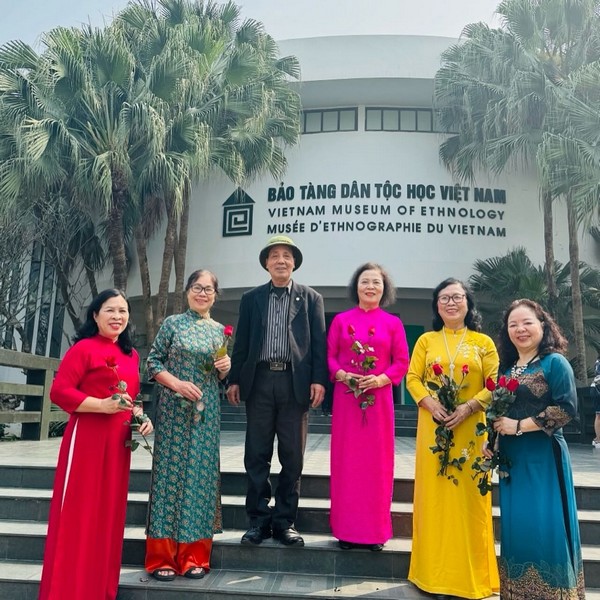
History of Vietnam Museum of Ethnology
The Vietnam Museum of Ethnology originated from the idea of preserving ethnic cultures in the early 1960s. After years of preparation, in 1975, the museum was officially established in Hanoi. Its development continued with the expansion of research to Southeast Asia. In 1997, the museum was formally inaugurated at its current location. Subsequently, the construction of the Southeast Asia Exhibition Area began in 2008 and was completed in 2013. Today, the museum stands as one of the largest and most prestigious organizations in the region, playing a significant role in preserving and promoting the cultural values of ethnic groups.
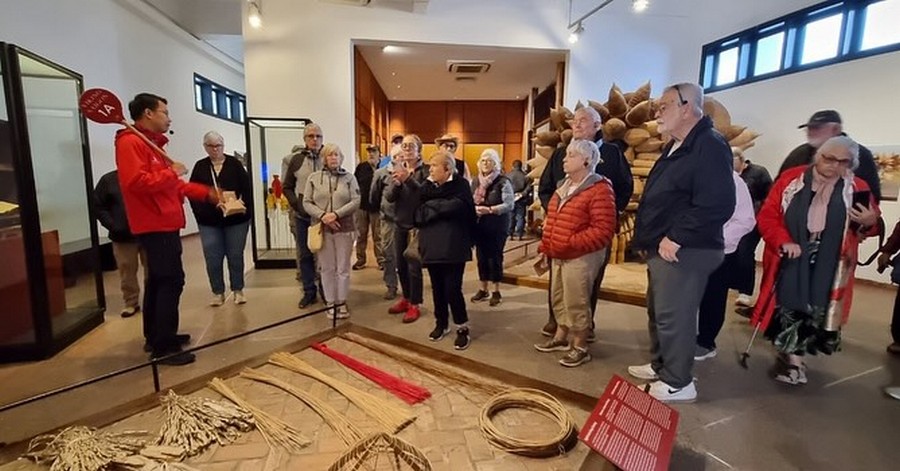
A Celebration of Ethnicity
The museum’s open-air exhibits showcase traditional houses from Vietnam’s various ethnic groups. Explore the stilted houses of the Tay people, imposing communal houses of the Ede ethnic group, and even a captivating display of funerary practices. Inside the museum building, delve deeper into the cultural aspects through displays of textiles, musical instruments, tools, and everyday objects.
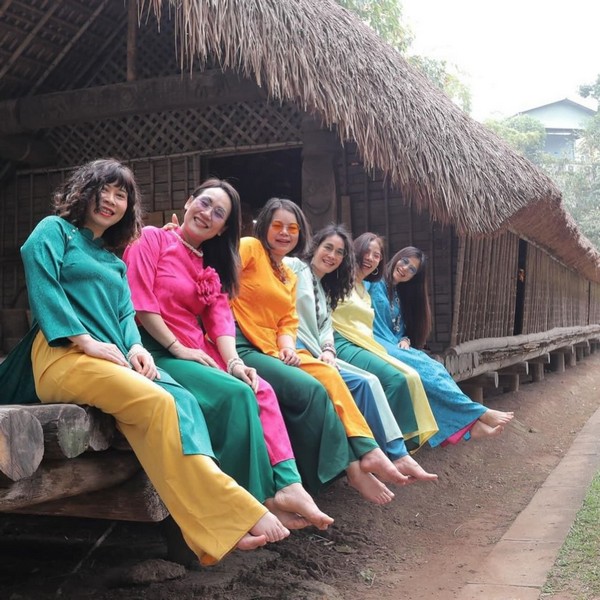
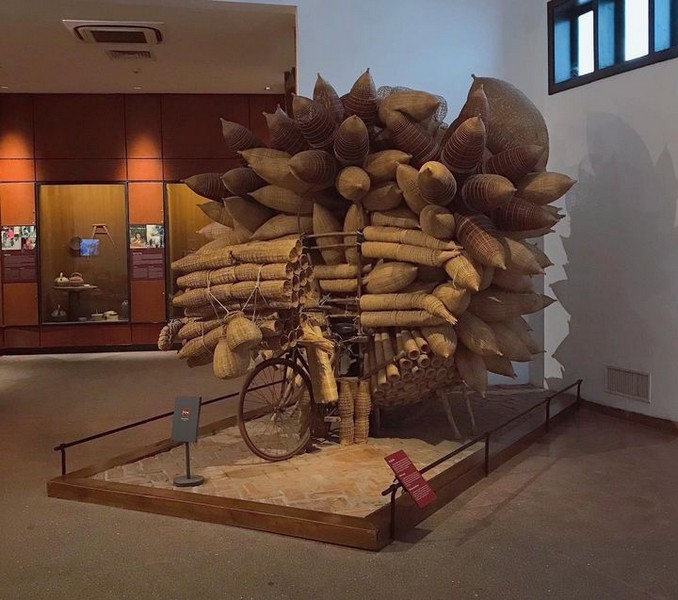
What makes it special?
Outdoor Displays:
- Unique stilt houses: Experience the living spaces of ethnic groups from the northern mountainous regions of Vietnam. Explore wooden stilt houses with sloping roofs thatched with leaves, and traditional interior arrangements with fireplaces, tools, and handcrafted furniture.
- Impressive longhouses: Discover the distinctive communal spaces of southern ethnic groups. Visit the longhouses of the Ede people with their curved roofs and majestic carved pillars, or the unique funeral houses of the Gia Rai people reflecting their beliefs in the afterlife.
- Festival reenactments: In addition to architectural exhibits, the outdoor area also hosts reenactments of traditional festivals of some ethnic groups. You might be fortunate enough to witness a wedding ceremony or a traditional festival, gaining deeper insights into the customs and practices of different regions.
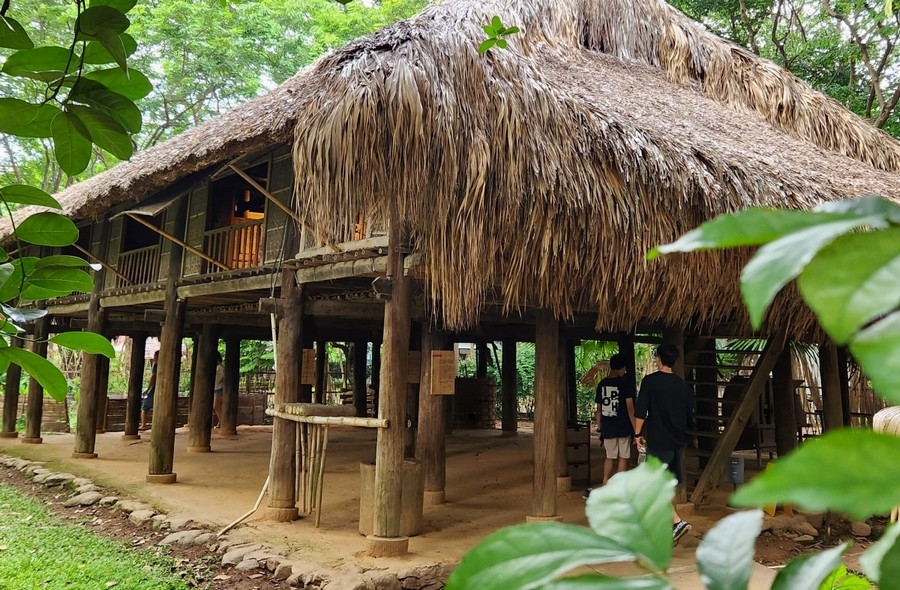
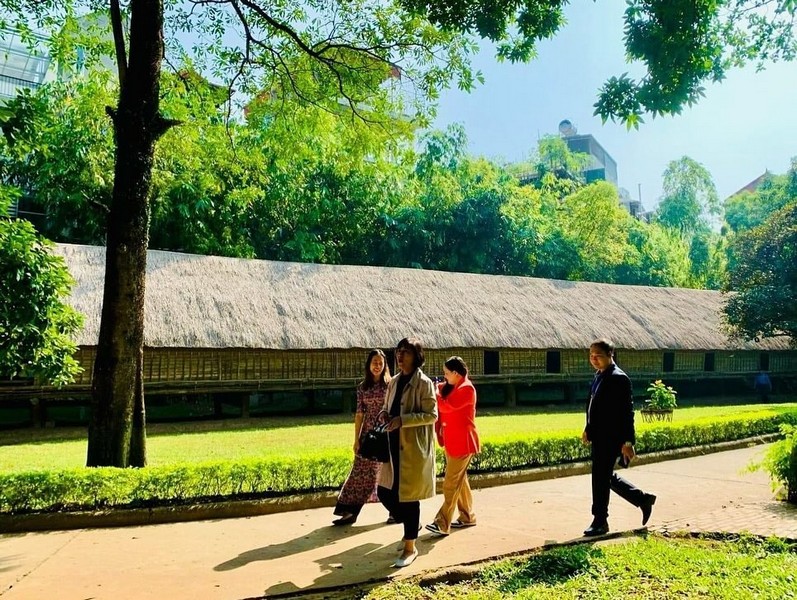
Costumes and Textiles:
- A diverse collection of costumes: Admire the traditional costumes of the 54 ethnic groups in Vietnam, each a unique work of art. Explore the intricately embroidered garments of the Hmong people, colorful dresses of the Dao people, and meticulously woven shawls of the Ede people.
- Unique textile techniques: Learn about traditional hand-weaving techniques of different ethnic groups. Witness the use of handcrafted looms, natural dyed fibers, and the creation of intricate patterns on fabric.
- Sparkling jewelry: Be dazzled by the collection of silver, copper, and gemstone jewelry. Discover the symbolic meanings of each type of jewelry, such as the status-symbolizing necklaces of the Thai people or the good luck charms worn by the Muong people.
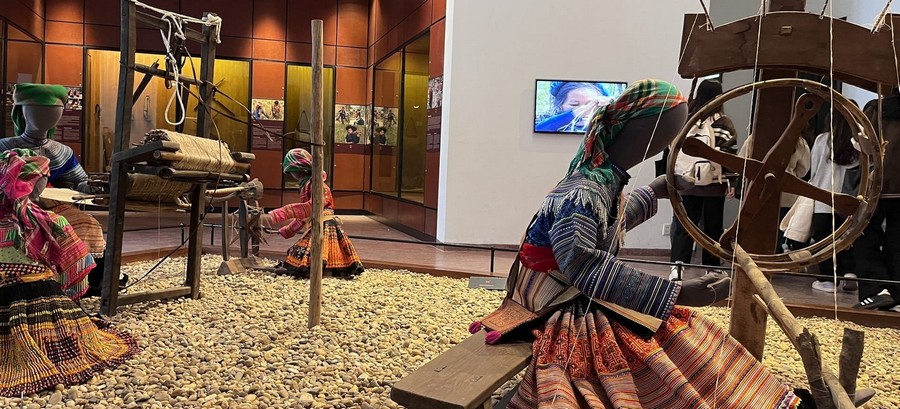
Religious Artifacts:
- Deities and spirits: Explore statues of deities and spirits from different religions such as Buddhism, and Hinduism, and the animistic beliefs of various ethnic groups.
- Ritual objects: Learn about the objects used in various rituals such as praying for good harvest, peace, and prosperity by different ethnic groups.
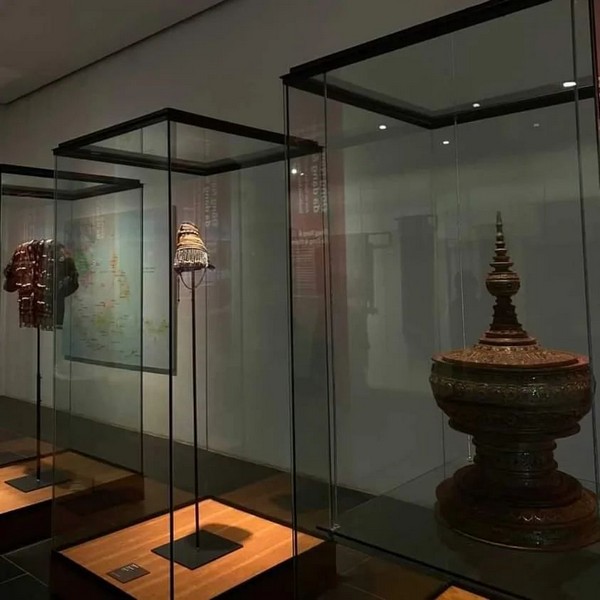
Suggest some other famous visiting sites to learn more about Vietnam’s history
- Thang Long Imperial Citadel: A UNESCO World Heritage Site with over 1000 years of history. It preserves the unique cultural and architectural values of Vietnam through the dynasties.
- Temple of Literature and National University: The first university in Vietnam, symbolizing the nation’s tradition of learning. It houses many stone steles recording the names of Confucian doctorates from different dynasties.
- Hoa Lo Prison::A famous prison with French colonial architecture and a history of the Vietnamese revolutionaries’ struggle
- Tran Quoc Pagoda: The oldest pagoda in Hanoi with solemn and peaceful Buddhist architecture. It is a spiritual destination attracting many tourists and locals.
- Vietnam National Museum of History: The Vietnam National Museum of History is a museum that displays artifacts and documents about the history of Vietnam from prehistoric times to the present.
